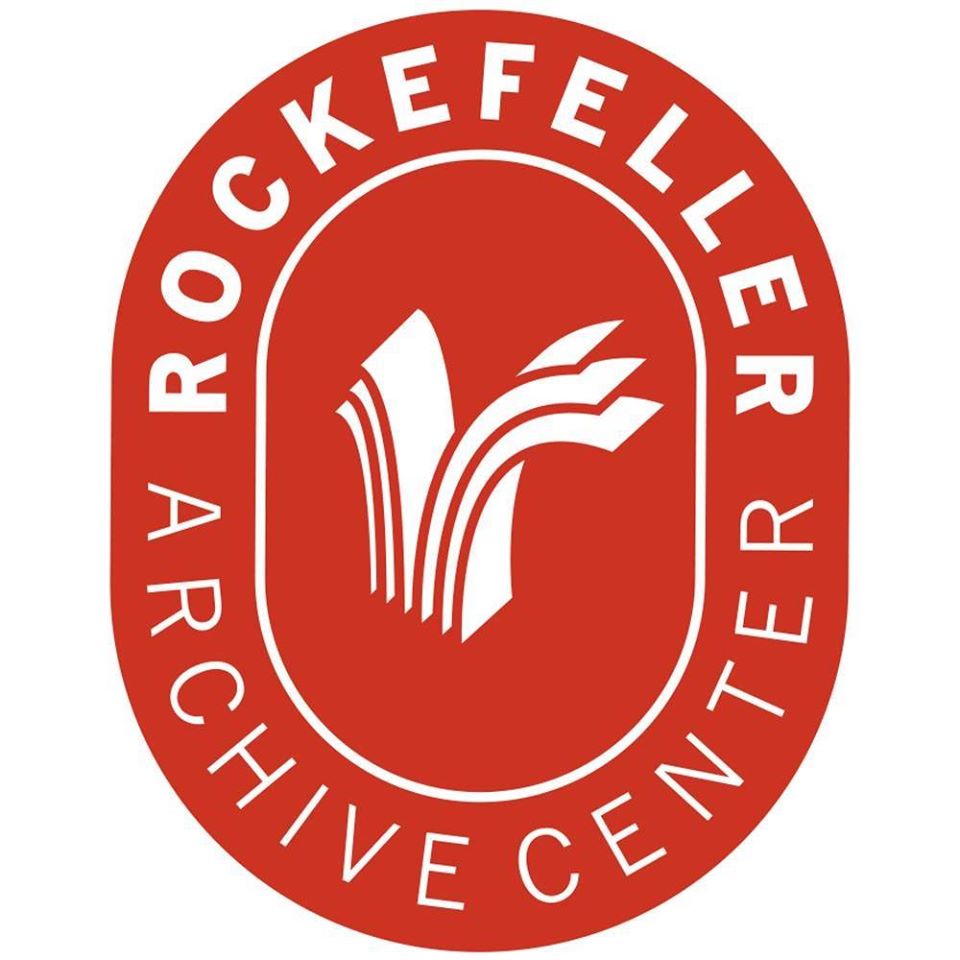Office of the Messrs. Rockefeller records, Housing Interests, Series J, 1896-1962
Collection context
Summary
- Creator:
- Rockefeller, John D. (John Davison) (1839-1937), Rockefeller, David (1915-2017), and Rockefeller, John D., Jr. (John Davison) (1874-1960)
- Extent:
- 10.02 Cubic Feet 26 boxes.
- Language:
- English .
Background
- Scope and content:
-
The Housing Files comprise 8 cubic feet of material covering the years 1896-1962. The bulk of the material relates to John D. Rockefeller, Jr.'s activities in the housing field during the 1920s and 1930s. However, there are significant sections which detail the interests of Mr. Rockefeller, Sr. in Cleveland and New York City, and David Rockefeller in the Morningside Heights project. A few scattered files cover the activities of Messrs. John, Nelson, and Laurance Rockefeller in this field. Substantively, these files deal with Mr. Rockefeller, Jr.'s involvement with housing reform and housing projects during two distinct time periods: the period of great optimism and activity during the 1920s, and the period of destabilization and disengagement from the field after the coming of the New Deal and into the 1940s.
These files focus on eight major housing developments: Forest Hill Estates in Cleveland; the City Housing Corporation's efforts at Sunnyside Gardens in Queens; Thomas Garden Apartments in the Bronx; Paul Laurance Dunbar Housing in Harlem; Lavoisier Apartments in Manhattan; Van Tassel Apartments in Tarrytown; and Radburn in New Jersey. For each of these developments, the files contain comprehensive information on the origin of the project, financing, construction, architecture, relations with government officials, taxation, and problems in operation after completion. Memoranda and other correspondence, including copies of deeds, indentures, and contracts, dealing with both purchase and sale, are also included. Interspersed throughout the specific project folders is correspondence with prominent individuals in the housing field, politicians, and businessmen. The most significant among these are Richard T. Ely, Alexander Bing of the City Housing Corporation, Lawrence Veiller and Robert DeForest of the New York City Housing Commission, Harold Ickes, Governor Alfred E. Smith, Jesse Jones of the Reconstruction Finance Corporation and Mayors Walker, Hyland, and LaGuardia.
Each of these projects was an innovative effort to solve the serious housing problems of the period. Moreover, they reflected Mr. Rockefeller's abiding commitment to meaningful reform. He viewed his own efforts in the housing field as business rather than philanthropy. He believed that governmental housing in the form of either direct construction or subsidies would be ineffective and, in the long run, self-defeating. He proposed an alternative, one of "cooperation", which would allow capital a modest profit while providing the working and middle classes with modern, affordable housing, which they would eventually own. In this sense, Mr. Rockefeller's housing efforts were a subset of his more comprehensive belief that a rational and compassionate social order could be built through partnership and cooperation rather than through class conflict and governmental intervention.
Material on the Morningside Heights development constitutes the second largest bloc of documents in this series; there are four boxes covering the period 1946-1961. Unlike the other project files, the Morningside Heights folders are very fragmentary and superficial. Occasional memoranda on tenant relocation and construction questions are submerged within a sea of press releases, brochures, speeches, and technical reports. The story of Morningside Heights cannot be traced through these papers. What is included reflects Mr. David Rockefeller's involvement with the Morningside Heights Development Council and the concern for better public schools. The subsequent arguments over tenant dislocation, Columbia's role as a landlord, and the other issues which came to the fore after 1961 are simply not present in these files.
- Rules or conventions:
- Describing Archives: A Content Standard
Indexed terms
- Subjects:
- Public health
Prohibition
Political science
Political campaigns -- United States
Public policy
Public health administration
Parks -- New York (State)
Medical sciences
Performing arts
Philanthropy -- New York (N.Y.)
Health insurance
Governors -- Election -- New York (State) -- 1958
Public relations
Housing rehabilitation
Religion
Public welfare
Restoration and conservation
Religious institutions
State governments -- United States
Rockefeller family -- Art collections
Travel
Urban renewal
Urban policy
World War II
World War I
Business
Philanthropy -- United States
Arts
Capital investments
Business enterprises, Foreign
Art
Economic development
Art -- Collectors and collecting
Art, Modern
Education
Education -- United States
Economic policy
Economics
Folk art
Government policy
Family planning
Federal government -- United States
Maternal health services
Medical care
Medical education
Medical research
International education
International relations
Philanthropy
International relations -- United States
Juvenile delinquency
Child welfare
Civic improvement
International cooperation
International economic relations
Charitable contributions
Charitable uses, trusts, and foundations
Charities
Charities -- Investments - Places:
- New York (State)
New York (N.Y.)
United States
Access and use
- Restrictions:
-
Open for research with select materials restricted as noted. Brittle or damaged items are available at the discretion of RAC. Material in the Rockefeller family collections that provides the names, correspondence, or activities of living members of the Rockefeller family, and/or documents the net wealth of any Rockefeller family members, is restricted. Researchers interested in accessing digital media (floppy disks, CDs, DVDs, etc.) or audiovisual material (audio cassettes, VHS, etc.) in this collection must use an access surrogate. The original items may not be accessed because of preservation concerns. To request an access surrogate be made, or if you are unsure if there is an access surrogate, please contact an archivist.
- Location of this collection:
- Contact:

